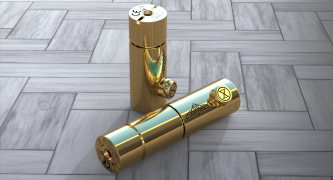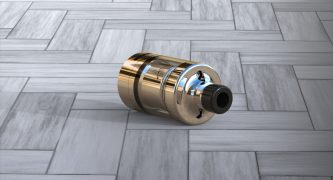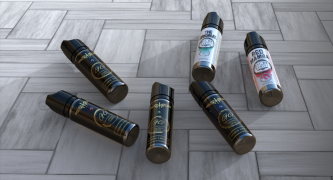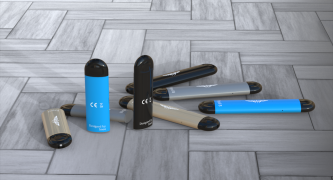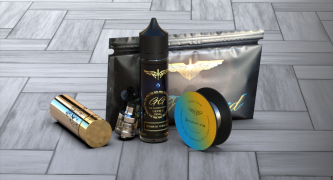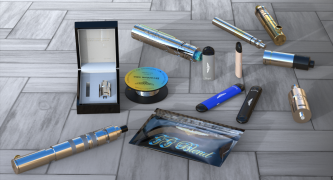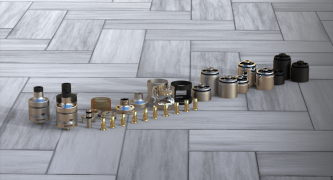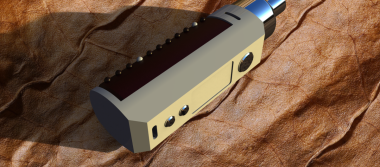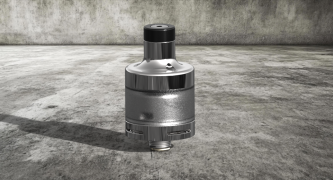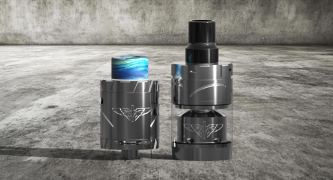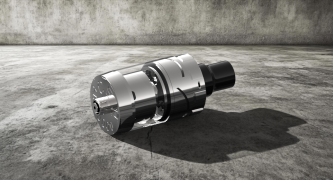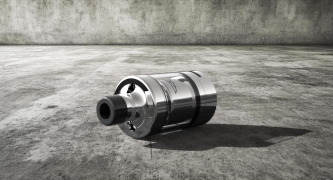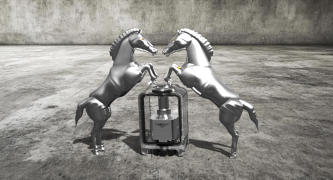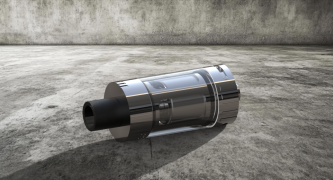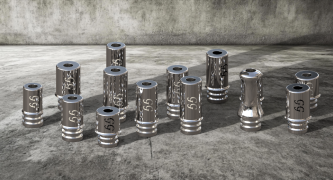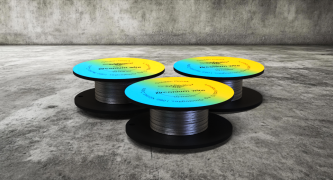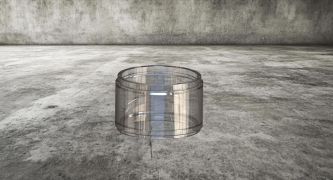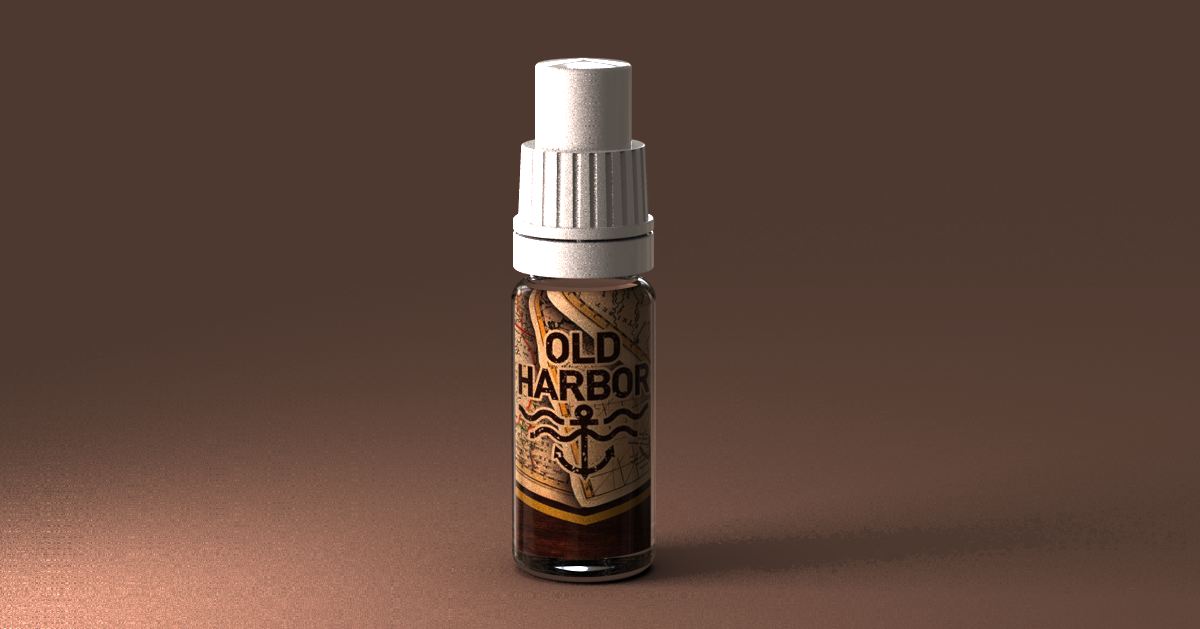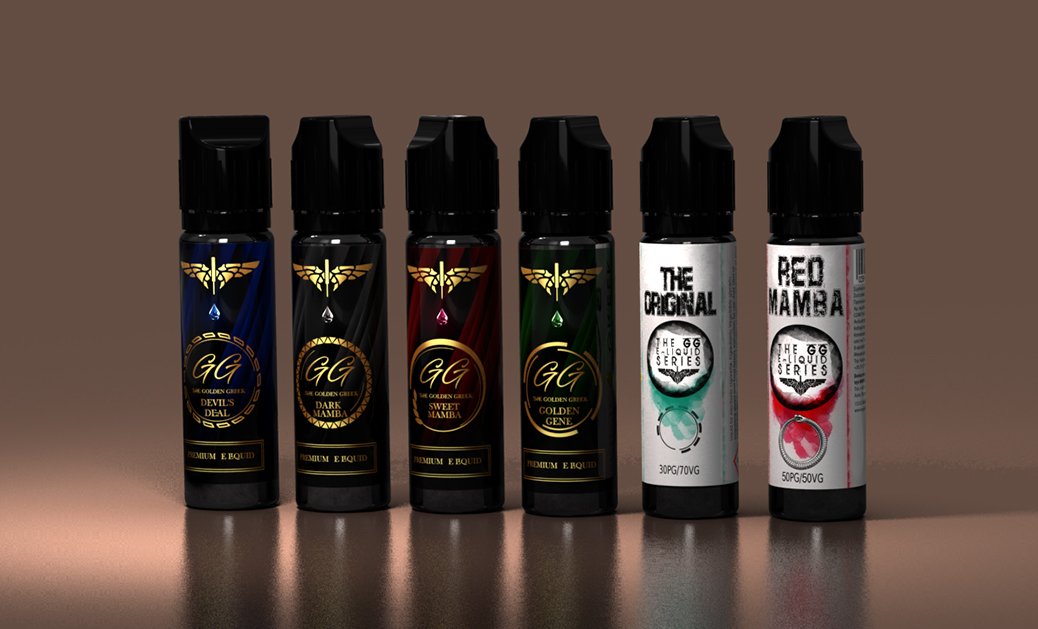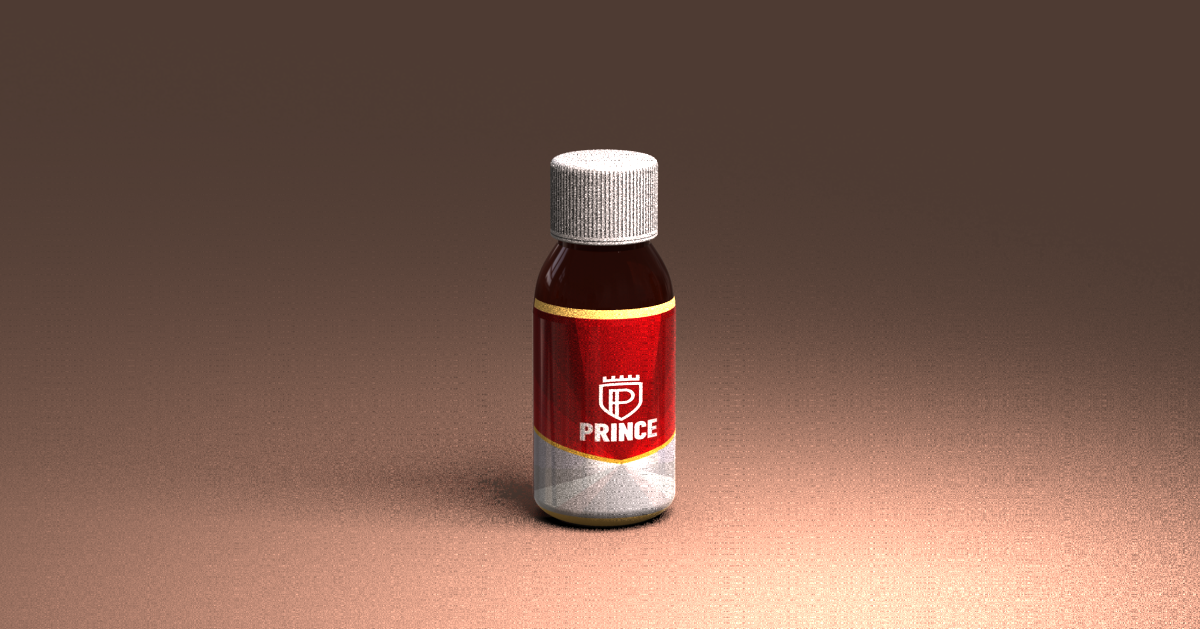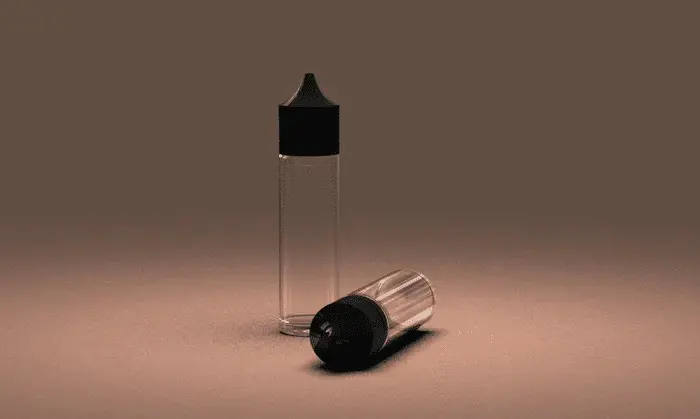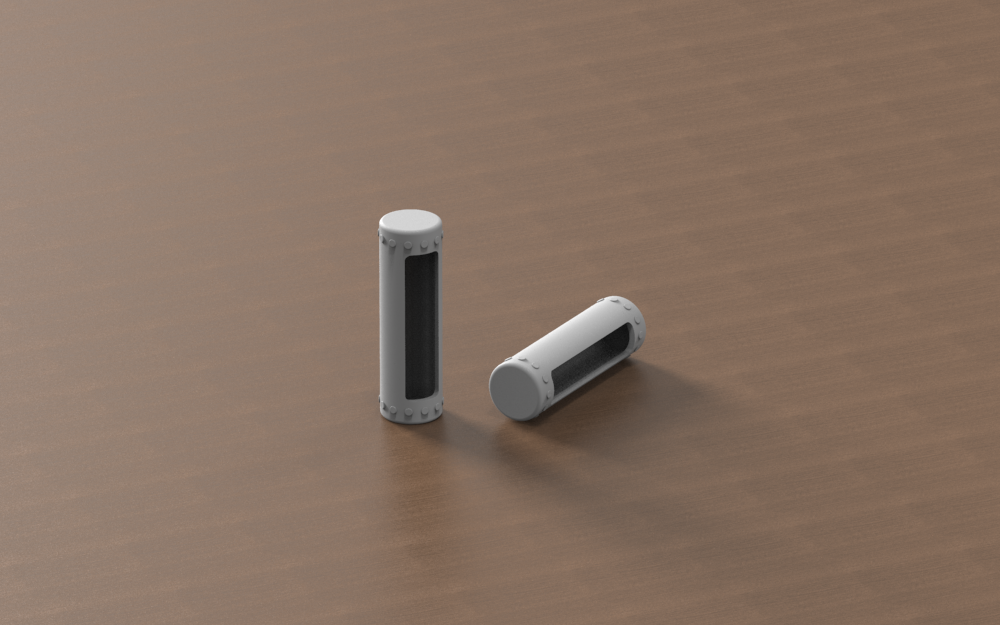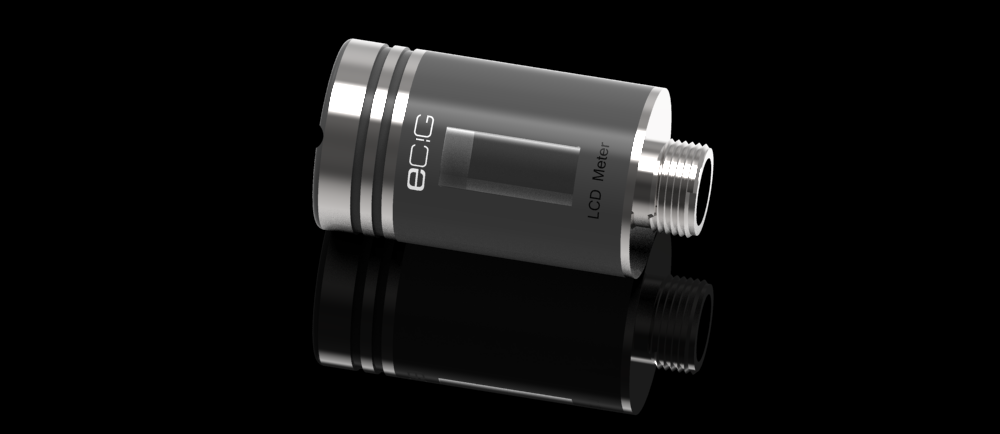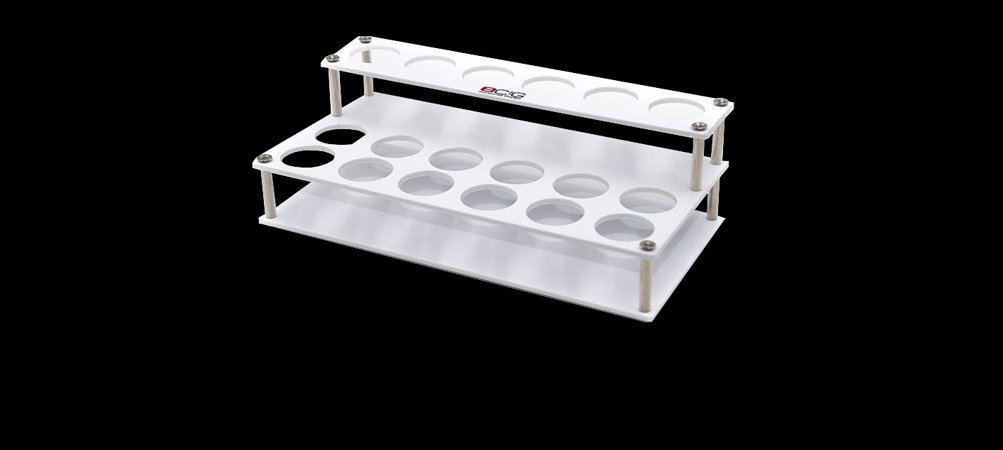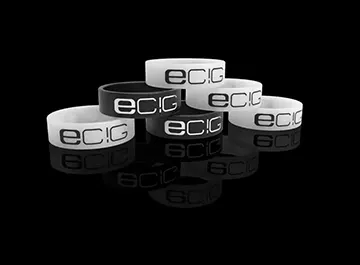- Ελληνικά
-
- GG Mods
- GG Atomizers – Bridges – Feeding systems
- GG E-liquids
- GG Pods
- GG Wires – GG Cotton – Silica
- GG Drip tips – GG Accessories
- GG Recommended products
- GG Spares
- About Golden Greek
- Golden Greek vape innovations
- Golden Greek latest models
- Golden Greek 3D models
- Golden Greek Gallery
- Golden Articles
- Find Golden Greek
- Golden Greek FAQ
- Golden Greek awards
- Golden Greek reviews
- NEW ARRIVALS
- OFFERS
- CALCULATORS
- Wishlist
- Newsletter
- Contact
- Wholesale
- Account details
THE INVENTORS OF MODERN VAPING
THE BEST INNOVATIONS FOR THE BEST VAPERS
Search
ABOUT ATOMIZERS’ TASTE BY GOLDEN GREEK
From time to time we, at Golden Greek company, attempt to explain to you what may occur on the vaping stage when something new is launched. For instance, when new wires emerge or when ceramics as heating elements appear, we talk about myths that the electroplating gives us better conductivity etc. We have already discussed all that on my post on: “safety of vaping”
Now let me share my personal opinion about the taste of different atomizers.
First of all, the taste isn’t really an objective matter. It depends on how much you love a company, which time of day you first tried an atomizer, in what mood you were in at that time, etc. Also depends on what you have already tasted, that’s why other people speak highly of an atomizer and others not so much.
We will try to solve this issue because the existence of so many different viewpoints is puzzling. Furthermore some people believe that taste has to do with the construction of an atomizer or how the air hits the wire. Let’s see if they are right.
First things first, what exactly is an atomizer?
It’s a construction where the air hits a heating wire that evaporates liquid that was absorbed by a wick inside this wire and after pushing the mod’s button you inhale the vapor that is produced. If the liquid on the wick is enough, you get a specific taste. If not, the taste differs. Furthermore, the air plays a pivotal role on how it hits the wire AND how much of air hits it. I will elaborate on the issue later.
However, I have heard opinions that support that construction affects taste, meaning that even a small bolt can change it. From where I see it, this doesn’t make any sense, really. Let’s examine a hypothetical scenario to prove that.
If you inhale from this drip tip you will get a taste. Since the distance between the wire and your mouth is big, the vapor will be cold and it will give you a specific taste (as cold vapor tastes different than a warm one and that’s because all human aromas, in general, have to work at specific temperatures to give their best). So that’s one factor that you’d think it would have a major impact on taste but in reality doesn’t. The differences in distances between variant atomizers are too small to give us dissimilar results, unless referring to a tiny atomizer where the distance from the wire to your mouth is so tiny that your tongue can touch the wire! Then, yes, the vapor will have a difference. In all other atomizers the difference will be so insignificant that there is no reason to mention it or say things such as, “wow, this atomizer’s taste is the best by far, because it’s small or big or it has ten bolts inside it”, etc.
Now think of the internal construction of an atomizer. It has some bolts and some walls. But the air isn’t affected by the things inside the atomizer. It follows a specific straight route from the air hole to the drip tip. The air doesn’t behave differently if an atomizer has ten bolts inside as long as it doesn’t go through these bolts. And in atomizers, it doesn’t. That’s why the internal structure of atomizers doesn’t affect taste.
Other people claim that taste is a little different when vapor reaches our mouth via a conical or a rounded bell. Indeed, that’s accurate, but why? It’s because you inhale drops of concentrated liquid around the internal place of the bell and those drops reach your mouth along with the vapor that is produced from the wire. That’s why there is a difference between a flat bell and a rounded one. The flat bell works like a spitback protection but also doesn’t let the concentration reach your mouth.
The quantity of the air also has an impact on taste. Vaping from a tiny hole is different, as the wire can’t cool down enough by the small air quantity, so the vapor is warmer. As a result, there is a difference in taste. Also the air via a small air pin hits a smaller area of your tongue, hence the feeling also differs a bit. Last but not least, the taste changes when the liquid vapors are mixed with a another amount of air.
The quantity of vapor also affects taste, consequently some people claim that the drippers that are made for direct inhaling have a better taste. That’s due to the fact that in every inhale they take 4-5 times more vapor than the mouth to lung vapers. More vapor simply means more taste.
The way the air hits the wire plays its part too. Vaping from an atomizer that has side holes and hits the wire just on its sides only isn’t the same as when the air from a bottom air hole hits the wire on almost all of its diameter. Of course, this depends on the hole of the bell. The bigger the hole of the bell, the less air hits the wire, owing to the fact that air always follows a straight route and if the bell’s hole is big then the air will not hit the upper part of the wire, only the bottom and the sides.
But most importantly than anything previously mentioned, is the feeding ability. If the feeding isn’t good, the rest play a minor role. However, the feeding has to be balanced, otherwise you may have gurgling, leakage or burned taste, things you surely want to avoid.
The best atomizer is the one that has a resistance deep inside the liquid! But that’s not possible, as a huge power supply is needed to fire such a big amount of liquid. Besides, an atomizer like that would leak every couple of seconds.
So, the best atomizer is the one that has the best balance between feeding and leakage. Unfortunately, it’s impossible to achieve that, that’s why Golden Greek invented liquid control a few years ago. That way you can always control the balance between leakage and good vape.

This website sells vape products and is intended only for adult vapers. By entering, you confirm you are 18+ and understand that vaping products are for adults and should be kept away from minors.
